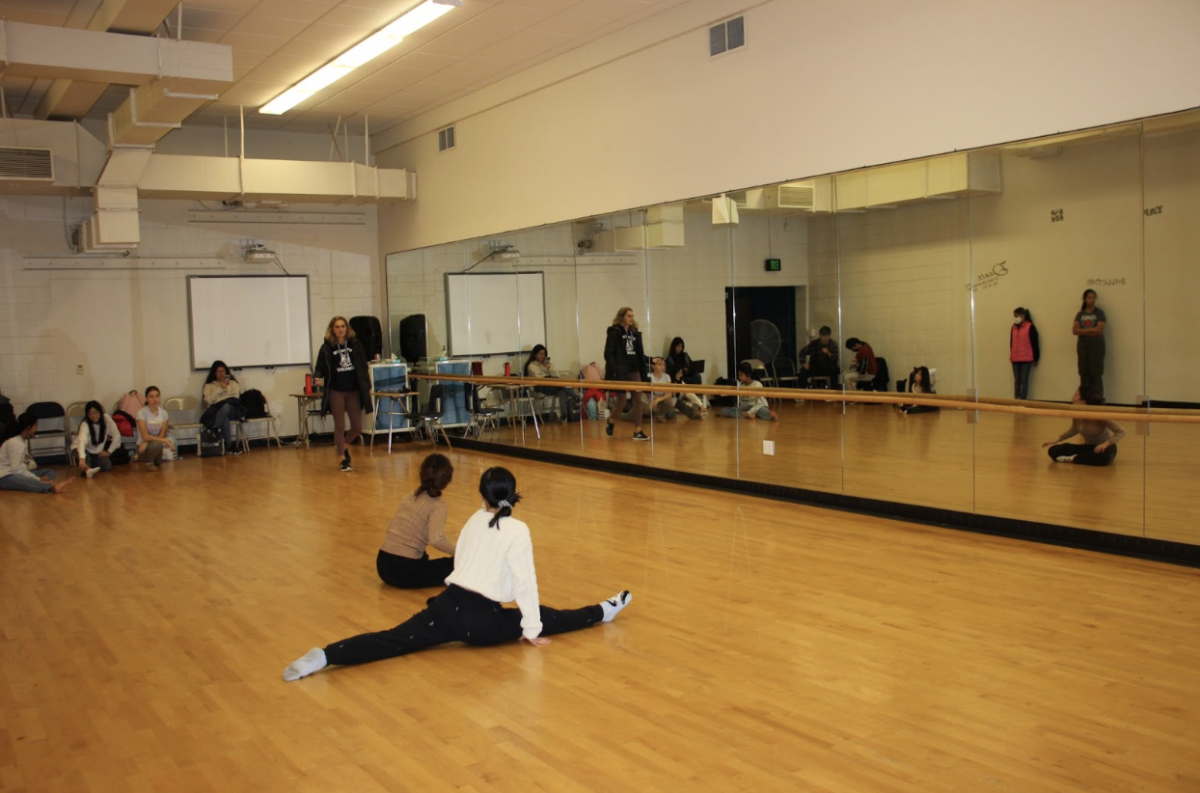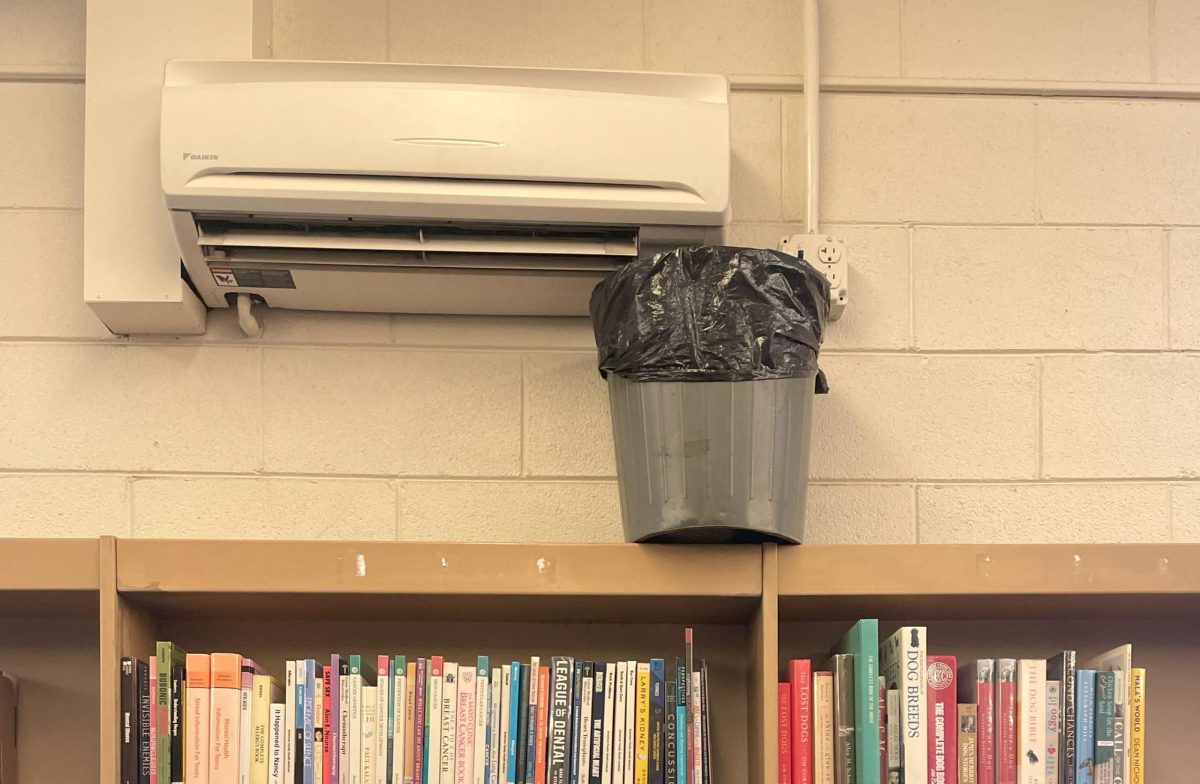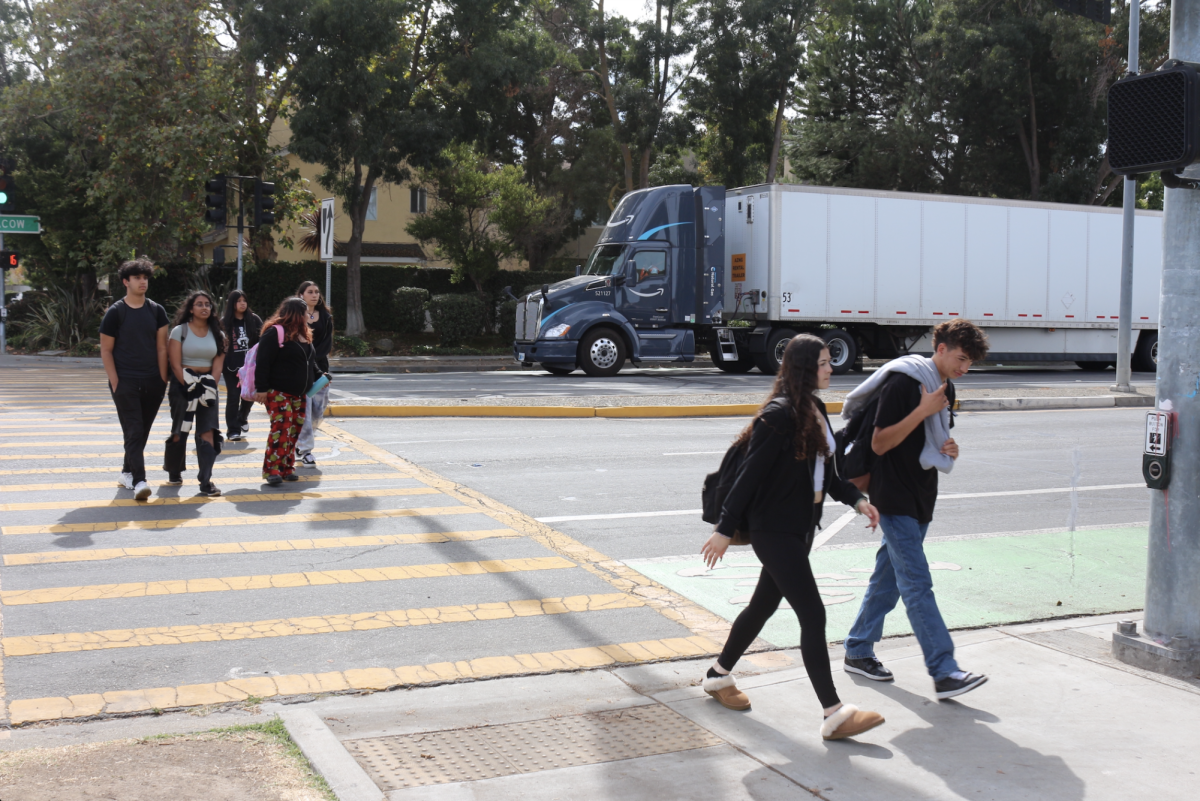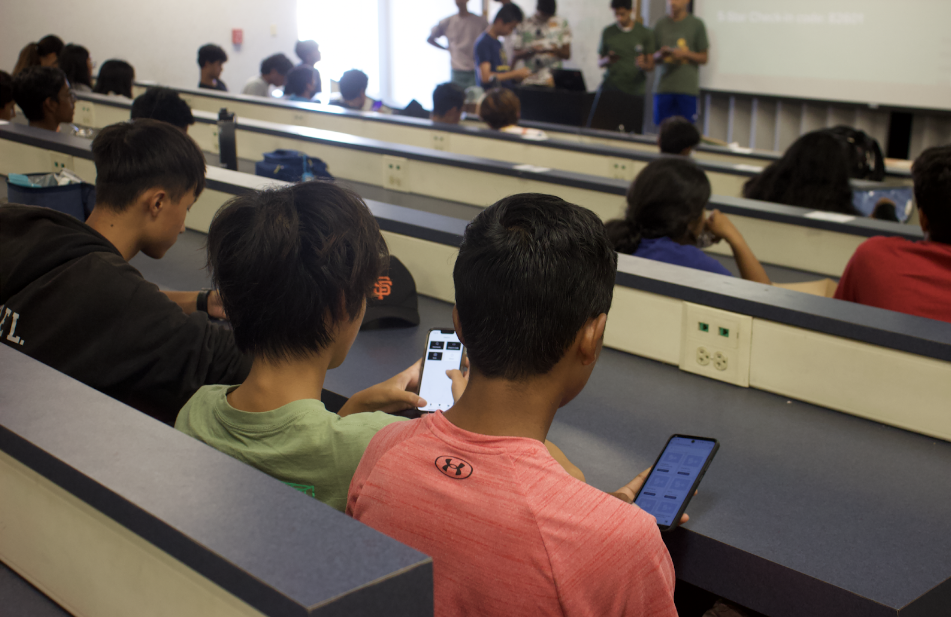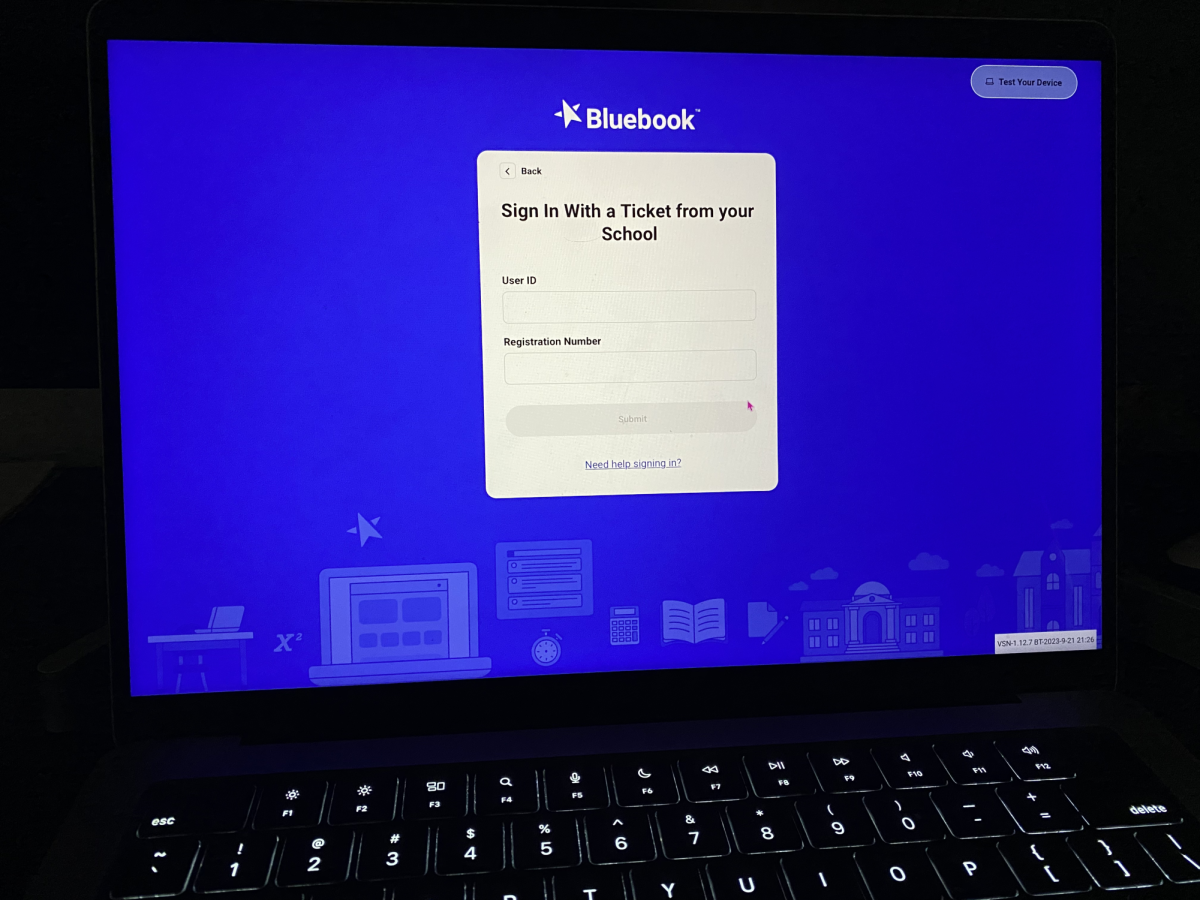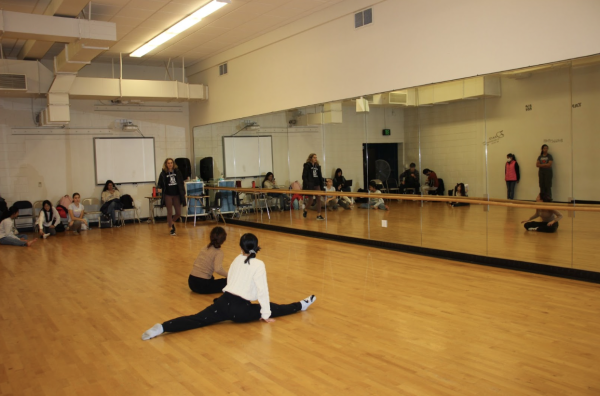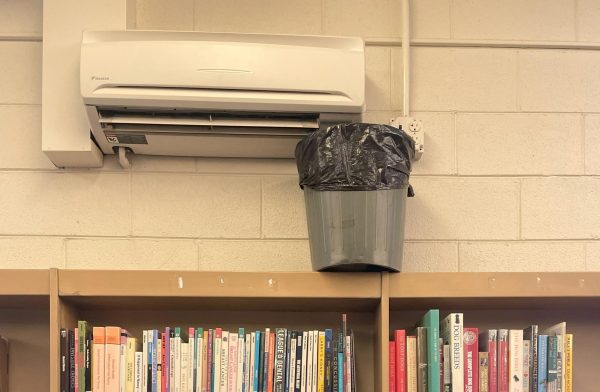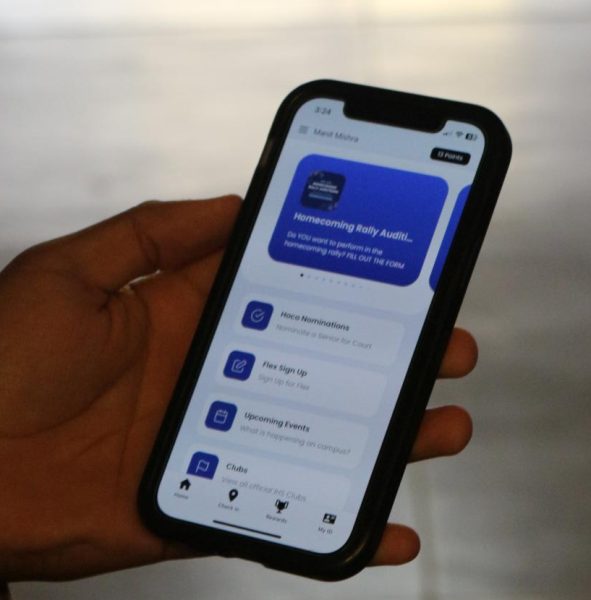Breaking News: Work to Rule Ended, So What Happened?
February 26, 2019
After months of tension between FUDTA and FUSD, Work to Rule finally ended on Wednesday, Feb. 13. However, it was apparent that the conflict remained unresolved when students came to school Monday, Feb. 25 to find 72 of 95 teachers absent.
Principal Melsby sent out an email at 7:02 am, explaining “that we have a large number of teachers out today and not enough substitute teachers. There is a possibility that in some classes you may not have a teacher or substitute.”
Only 42 out of 72 classes were covered by substitute teachers. On the door to every classroom, signs were posted, redirecting students to the gym, cafeteria, library, or other areas if a teacher was not present. For the sake of simplicity, students were told to remain in their second period location rather than a separate advisory classroom.
With attendance sheets from every class, the attendance clerks worked until 6:00pm to log data into the system. Attendance also had to log in data from the large amount of students that were absent, or went home during the day.
While the district did not inform substitutes about the demonstration, the district did send an email requesting a “HIGH NEED FOR SUBS” for Irvington High school prior to Monday on Netpost, the platform in which substitutes can view open slots in the district.While most substitute teachers came from within the school district, Irvington’s unusually high demand meant that assistance from other school districts was required.
Substitute teachers that work during a strike, known as strikebreakers (or scabs), are paid significantly more than usual due to the increase in demand. Since the demonstration yesterday was not a strike, substitute teachers were paid a normal wage.
While the demonstration is not the first in the school district (Mission San Jose High’s occurring just one week ago), it has left an impact on students, parents, and administration.








